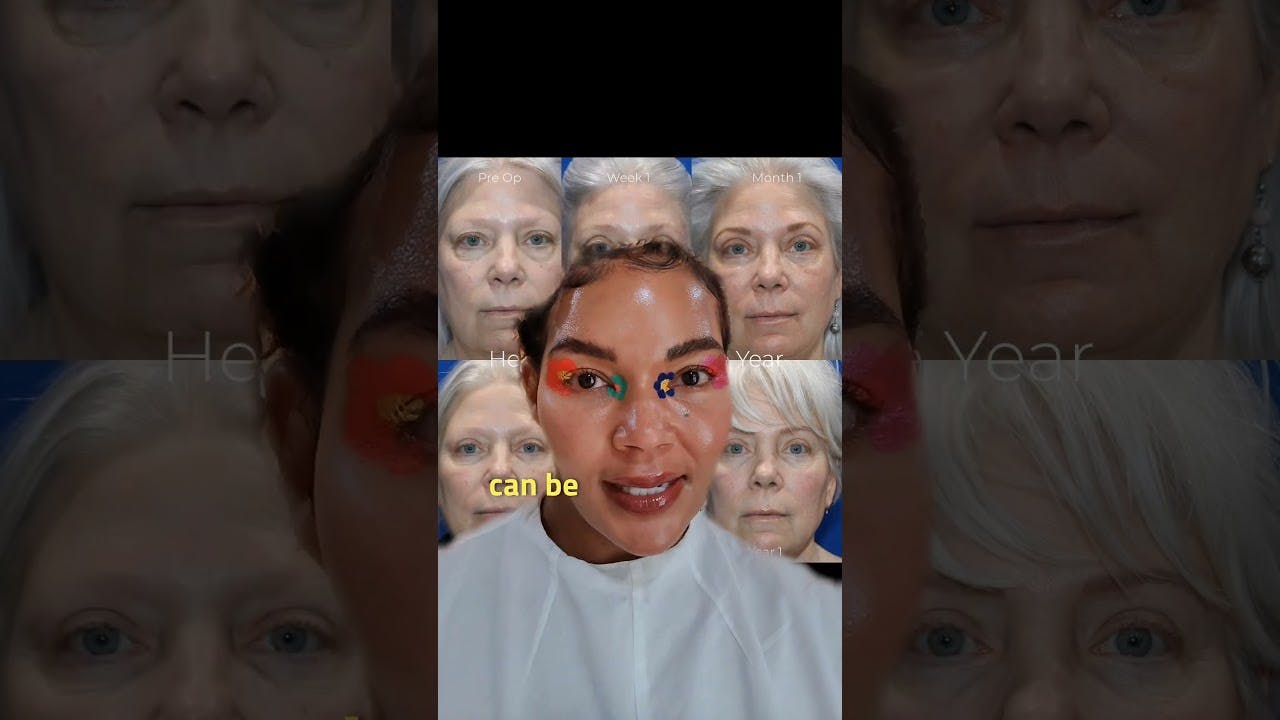Your healing is part of the artistry. Discover how your face transforms through every phase of recovery—with grace, care, and the expert guidance of Dr. Kyle Cox.
When can I go out in public again?
While full healing takes about a year, most patients feel confident reentering public life anywhere between 10 days and one month post-procedure. Everyone's comfort level is different, and there's no 'right' time—only the moment that feels right for you.
What should I eat or avoid eating during recovery?
Focus on whole, nutrient-rich foods that reduce inflammation and support tissue repair. Hydration is also crucial. Try to avoid excess salt, alcohol, and processed foods, which can prolong swelling.
Can I wear makeup to cover bruising or swelling?
Makeup can usually be worn after the first 10 to 14 days, depending on your skin’s sensitivity and healing progress. Dr. Cox will let you know when it’s safe to apply products without interfering with recovery.
Will I need someone to help me after surgery?
Yes, you’ll need someone to drive you home and ideally stay with you for the first 24 hours. Light assistance for a few days can be very helpful, especially with meals, medications, and general rest.
Do I need to sleep in a certain position?
Sleeping with your head elevated—usually with two or more pillows—helps reduce swelling in the early recovery phase. Avoid sleeping on your stomach or sides for at least two weeks.
When can I resume exercise?
Strenuous activity should be avoided for at least two to three weeks. Gentle walking is encouraged once you feel up to it. Dr. Cox will provide personalized guidance based on your procedure and healing pace.
Are there any signs I should watch for that indicate a problem?
While mild discomfort, swelling, and bruising are expected, symptoms like increasing pain, redness, fever, or fluid leakage should be reported to our office right away. We're here to support your peace of mind
How long will my incisions be visible?
Incision lines typically fade gradually over months and can be minimized with proper aftercare, including scar creams and sun protection. Dr. Cox makes every effort to place incisions in discreet, natural folds of the skin.
Can I fly or travel after surgery?
Short local travel is usually fine after a few days, but long flights should be delayed for at least one to two weeks. Altitude and air pressure can worsen swelling, so plan longer trips with Dr. Cox's approval.




